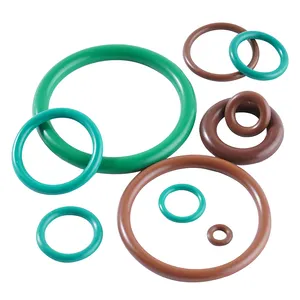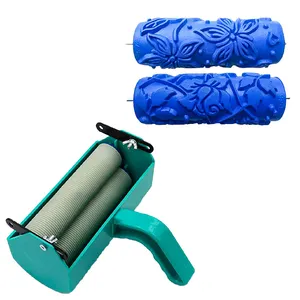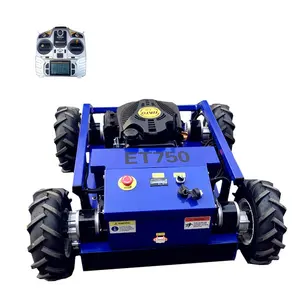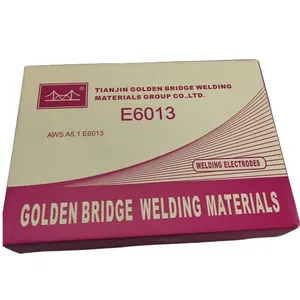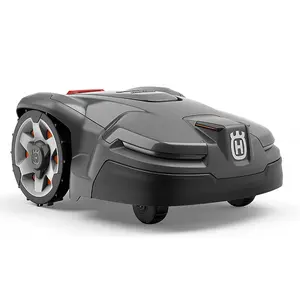Popular in your industry


















































Related Searches:
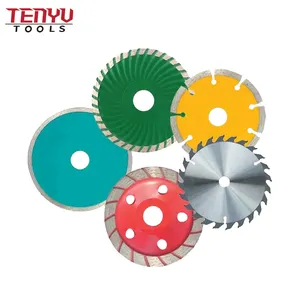
















































































































Top categories
About concrete blade for circular saw
Introduction
Choosing the right concrete blade for your circular saw can be a daunting task, given the variety of options available. This comprehensive guide aims to simplify this process by providing an in-depth understanding of circular saws and concrete blades, their types, and the factors to consider when choosing a blade. It also delves into the importance of safety considerations, proper handling, and maintenance of these blades. Whether you're a seasoned contractor or a DIY enthusiast, this guide will equip you with the knowledge to make an informed decision, ensuring optimal performance and safety in your concrete cutting tasks.
Understanding the Basics of Circular Saws and Concrete Blades
A circular saw blade's quality is determined more by its type than its brand. The blade's diameter, kerf, tooth grind, hook angle, tooth count, and arbor hole all play crucial roles in its performance. For instance, the diameter of the blade should match the tool's size, while the kerf refers to the width of the cut made by the blade. The tooth grind is shaped for specific cutting actions, and the hook angle influences the aggressiveness of the cut. The tooth count affects the quality of the cut, and the arbor hole should match the saw's blade-drive shaft.
Types of Circular Saws
Circular saws are hand-held power tools with high-speed steel blades designed to cut various materials. They come in two main designs: the worm drive and the sidewinder. A worm-drive saw has a motor with more torque, making it easier to cut thick, difficult materials. The sidewinder or traditional circular saw usually has less torque, but the blades spin faster, and there's a lower upfront cost. If you plan to use your circular saw for heavy-duty cutting, but don't want the extra weight of a worm-drive saw, choose a sidewinder with helical gearing that delivers increased torque.
Types of Concrete Blades
There are several types of concrete blades suitable for circular saws. The turbo-rim blade, made with synthetic diamond crystals, is aggressive and perfect for rough concrete. The segmented blade, also diamond-edged, has 'gullets' for efficient dust clearance and cooling. The continuous rim blade, ideal for wet cutting, provides high-quality cuts, especially for materials like granite or tile. The abrasive blade, made from hard compounds, is also an option, though wear can be an issue. Lastly, either diamond or abrasive blades can be used in the circular saw, a versatile tool for cutting tough materials.
Factors to Consider When Choosing a Concrete Blade
When selecting the right diamond blade for your circular saw, several factors come into play. First, consider the type of equipment you're using. Diamond blades are generally used on specific types of saws. Next, consider the material you're cutting. The depth of your cut and the timing of your cut are also crucial. You'll also need to decide between wet and dry cutting. Lastly, consider what's more important to you: cutting speed or wear resistance. These considerations will guide you in choosing the right blade for your needs.
Material to be Cut
Concrete cutting involves various methods, each suitable for different types of materials and applications. For instance, slab sawing is used for cutting trenches in rehabilitation projects, while wall sawing is ideal for retrofitting windows, doors, and creating spaces for power and HVAC lines. Wire sawing, on the other hand, is used when large concrete obstacles need to be removed. Handheld sawing is effective for creating small openings and shaving rough edges. Lastly, hydraulic chain saws are used for cutting concrete and brick, often in conjunction with wall sawing. The type of material to be cut determines the appropriate concrete cutting method.
Blade Size and Type of Saw
When choosing a concrete blade for your circular saw, size is a crucial factor. The Alibaba platform offers a variety of blade diameters, including 3-3/8, 9, 12, and 14 inches. The type of saw also matters. For instance, a 14 in. cut-off saw requires a 14 in. blade. High-quality concrete blades suitable for different saw types are available on Alibaba. Remember, the blade size should match your saw for optimal performance and safety.
Blade Quality and Manufacturer Reputation
Diamond blades are a significant investment, but their effectiveness and longevity make them worth the cost. They are pricier than abrasive wheels, but their lifespan is much longer, making the cost per cut lower in the long run. The quality of a diamond blade is determined by factors such as the type of steel used, the concentration of diamonds, and the technology used in its manufacture. Companies that invest in these aspects provide blades that cut better and last longer, offering great value to contractors.
Safety Considerations When Using Concrete Blades
When using a concrete blade for your circular saw, safety is paramount. Always check if the machine is functioning correctly before starting your work. Don't forget to wear safety gear, including gloves, strong shoes, ear plugs, and goggles. Follow the manufacturer's instructions and avoid distractions while operating the saw. Be aware of kickback and lock-in, which can occur if the blade is used improperly. Stay away from dust and water when using electric tools. Remember, proper handling, usage, and maintenance can prevent accidents and extend the blade's lifespan.
Proper Handling and Usage
Proper handling and usage of concrete blades for circular saws are crucial for safety. Workers should use the correct blade size, installed properly, and not exceed the manufacturer’s suggested RPM. Blades should run freely through the material, as off-line cuts can cause jamming and loss of control. Hand-held saws should never be used over shoulder height or on ladders. Mounted saws should be kept on firm, flat surfaces for stability. Walk-behind saws should be guided in a straight line with several passes for each cut. Always ensure there are no gas or electric utility lines within the cutting zones.
Maintenance and Blade Lifespan
Maintaining your concrete blade for a circular saw is crucial for its longevity and optimal performance. One key aspect of maintenance is regular cleaning. Avoid using harsh cleaners like oven cleaners, as they can harm the carbide tips and the binder that holds them in place, leading to potential detachment during use. Instead, opt for a safe cleaning solution, remove the blade, prepare the cleaning solution, clean the blade, and then rinse and dry. Following these steps will help keep your saw blade clean and prolong its lifespan.
Conclusion
In conclusion, selecting the best concrete blade for your circular saw involves understanding the basics of circular saws and concrete blades, the type of material to be cut, the size and type of saw, and the blade's quality. Safety considerations, proper handling, and maintenance are also crucial aspects to ensure a safe and efficient cutting process. By considering these factors, you can choose a blade that not only fits your saw and meets your cutting needs but also offers longevity and value for money. Remember, the right blade can make all the difference in the quality, efficiency, and safety of your concrete cutting tasks.

